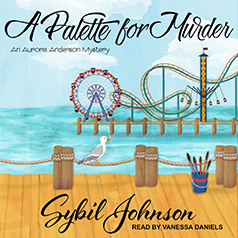 |
| Here I am! |
By Vicki Delany
Right now, I’m working on the fifth Sherlock Holmes Bookshop
book, in which I’m taking Gemma, Jayne, and the gang to England for a Sherlock
Holmes conference.
 |
| Sir Arthur Drank Here |
At the end of November I went to London for five days to do
location research for the book. I had a
great time and saw lots of interesting things to put in the book. We stayed in South Kensington, close to where
Sir Arthur Conan Doyle hung out during his time as president of the College of
Psychic Studies, and had a couple of drinks in a pub where he was a regular. My
books are not about Sherlock Holmes, so I didn’t spend much time at Sherlockian
sites, I was there more to walk the streets my characters would walk, look at
houses they would visit, travel the tube where they would go, visit museums
they, as tourists, would visit, and drink at pubs they would frequent. It’s a
tough job but someone has to do it.
I came home with plenty of ideas and lots of pictures.
 |
| In-depth research |
 |
| More In-depth research |
But what about all the things I might have not known I’d
want to see when I was there? Such as the inside of a Georgian row house in Kensington
or a high end flat in Canary Wharf, or the exact route one would take to get from
point A to Point Z with all the points in between.
For that I have the Internet. All that, and so much more, at
my fingertips.
Which started me wondering how writers of old (meaning more
than ten or fifteen years ago) managed. Sure they had maps and reference books
at home or at the library they could refer to, but
I’m thinking of the small details,
the things that add colour and verisimilitude to a book. How much would a row house
in Kensington cost? (Answer: twenty to twenty-five million pounds). What’s the
view from the fifteenth floor of a flat in Canary Wharf? (Pretty nice). Where do I transfer if I’m travelling from
Harrods to the Tate Modern?
I suspect the writers of old simply didn’t put in as much
description and minor fact as we do today. Sir Author Conan Doyle wrote a book set in Canada, and he’d never been here.
After all, I could always say, this house is
worth a lot, rather than specifying the amount, or say they travelled across
town rather than giving the names of the stations.
Does it matter? Why am I going to all this trouble (and the
expense of a trip) for details that don’t affect the plot or the
characterization of my novel?
 |
| Gemma's parents live here |
Because I think today it does matter. Readers are used to
books full of color and background and minor details, they love the sense of ‘being
there’ and if they have ‘been there’ they demand that the author get it right.
They’ve come to expect it. Get it wrong
about the tube stations and I’ll hear about it, whereas Sir Arthur probably
didn’t get letters pointing out the error of his ways.
All of which just makes
writing a novel in the 21st century, so much more complex, interesting and, yes, fun.
The Cat of the Baskervilles, the third Sherlock Holmes Bookshop mystery, is now available.





















